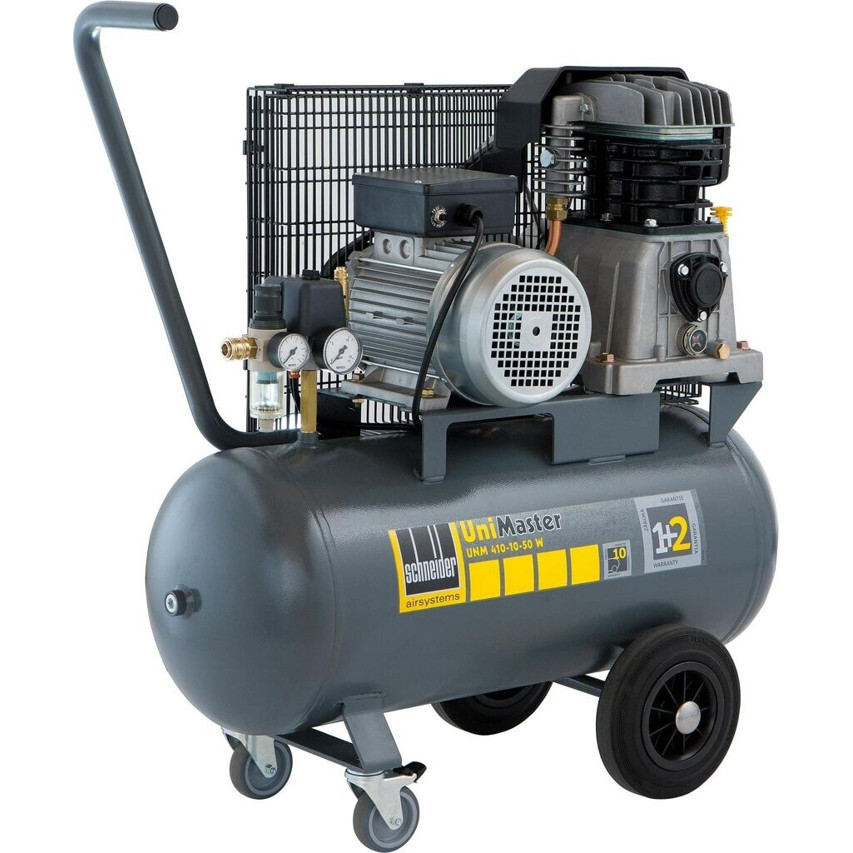The Complete List Of Buy A Portable Compressor Dos And Don'ts
The Ultimate Guide to Buying a Portable Compressor
In today's busy world, benefit is essential. Whether you're an avid DIY lover, a professional specialist, or just somebody who takes pleasure in preserving their automobile, having a portable air compressor can be a video game changer. myntek.de can inflate tires, power air tools, and carry out a range of tasks. Nevertheless, with many options available, picking the right portable compressor to satisfy particular needs can feel frustrating. This guide will cover whatever you need to understand about buying a portable compressor, consisting of necessary features, types, a comparison table, and often asked questions.
Why Invest in a Portable Compressor?
A portable air compressor provides several benefits:
- Convenience: Easy to carry and keep, ideal for both home and on-the-go tasks.
- Adaptability: Can be used for numerous applications consisting of pumping up tires, powering pneumatic tools, and more.
- Affordable: Saves money in the long run by allowing DIY repair work and jobs.
- Compact Design: Many models are designed to fit in little areas, making them perfect for restricted storage.
Kinds Of Portable Compressors
When looking into portable air compressors, it's essential to comprehend the different types readily available:
Type
Description
Suitable Use
Pros
Cons
Pancake
Functions a round tank and is lightweight
Little tasks, inflation jobs
Compact, easy to keep
Minimal air capacity
Hot Dog
Long and narrow tank, offering more air storage
General home use, running small air tools
More air capability
Bulkier than pancake design
Twin Stack
Has 2 stacked tanks for increased air shipment
Moderate to sturdy jobs
Increased pressure output
Heavier and less portable
Oil-Free
Requires no oil for operation
Low-maintenance tasks, indoor usage
Easy to preserve
May have shorter life expectancy
Cordless
Operates on batteries, providing maximum mobility
Remote places, emergency use
Ultimate convenience
Minimal run time
Key Features to Consider
When purchasing a portable compressor, think about the following functions:
- PSI Rating: Pounds per square inch (PSI) shows the maximum pressure the compressor can produce. Greater PSI is essential for more demanding applications.
- CFM Rating: Cubic feet per minute (CFM) measures the airflow or volume of air out of the compressor. Higher CFM indicates much faster inflation or operation of air tools.
- Tank Size: The size of the air tank affects how long you can work before the compressor requires to refill. Smaller sized tanks are more portable but need more frequent refilling.
- Weight: Consider how easy it will be to transportation. Heavier models can be challenging to move, while lighter options boost portability.
- Sound Level: Some compressors tend to be noisier than others. If utilizing indoors or in noise-sensitive locations, choose quieter designs.
- Portability Features: Look for handles, wheels, and weight circulation— functions that make transferring the compressor easier.
Portable Compressor Comparison Table
To simplify the decision-making process, here's a comparison table of popular portable compressor designs:
Model
Type
PSI
CFM
Tank Size
Weight
Price
BOSTITCH BTFP02012
Pancake
150
2.6
6 Gal
29 lbs
₤ 129.00
ARTISAN CMEC6150K
Hotdog
150
2.6
6 Gal
30 pounds
₤ 149.00
DEWALT D55140
Twin Stack
135
2.8
4.5 Gal
38 lbs
₤ 249.00
PORTER-CABLE PCE6000
Oil-Free
150
2.6
6 Gal
35 pounds
₤ 139.00
WEN 2202
Cordless
120
NA
NA
25 pounds
₤ 189.00
Rates are indicative and may vary based upon sellers. Look for offers and promotions.
Tips for Maintaining Your Portable Compressor
After buying your portable compressor, it's essential to look after it. Here are a few maintenance suggestions:
- Check Oil Levels: For oil-lubricated compressors, ensure the oil level is enough.
- Drain pipes the Tank: Regularly drain moisture from the tank to avoid rust and deterioration.
- Clean Air Filters: Keep air filters clean for optimum performance.
- Examine Hoses and Connections: Regularly look for leaks that may reduce efficiency.
- Store Properly: Keep the compressor in a dry, tidy location to avoid damage.
Regularly Asked Questions
1. How do I understand what PSI rating I need?
For basic family jobs like inflating tires, a PSI rating of 90-120 suffices. Nevertheless, tasks needing air tools typically need a minimum of 90 PSI.
2. Can I use a portable compressor for professional work?
Yes, many portable compressors are created for professional usage. Guarantee you select a design with a high PSI and appropriate CFM for the tools you mean to utilize.
3. How often should I drain my air compressor?
Drain the tank after each use or at least once a week to prevent wetness build-up.
4. What is the difference between CFM and PSI?
PSI determines the pressure of the air, while CFM shows the volume of air the compressor can deliver. Depending upon your tool requirements, both worths are vital.
5. Are cordless compressors worth it?
Cordless compressors are incredibly convenient, especially for on-the-go jobs where power outlets aren't offered. Nevertheless, they may have restricted run times due to battery life.
Purchasing a portable compressor can profoundly improve your efficiency, whether you're dealing with automobile jobs, home repair work, or outdoor jobs. Comprehending the various types, functions to try to find, and regular upkeep will ensure you make a smart investment that lasts. With the ideal portable compressor in hand, you'll be equipped for a plethora of tasks, making your undertakings easier and more efficient.
